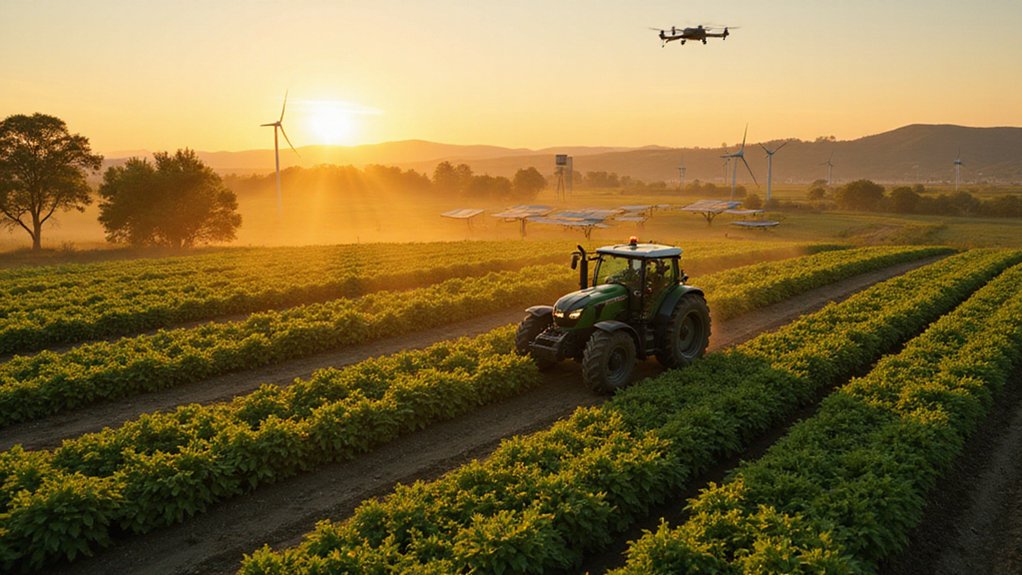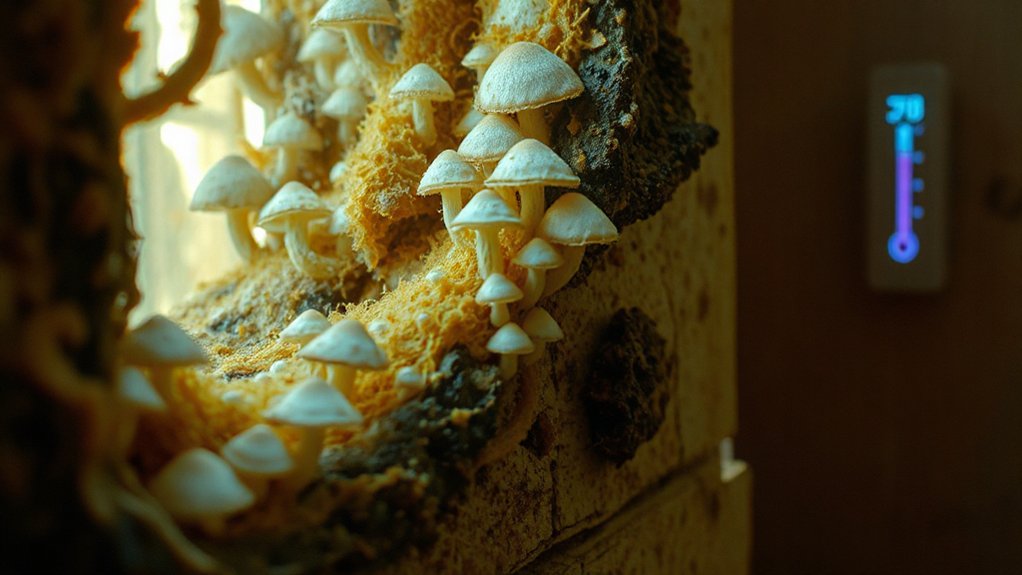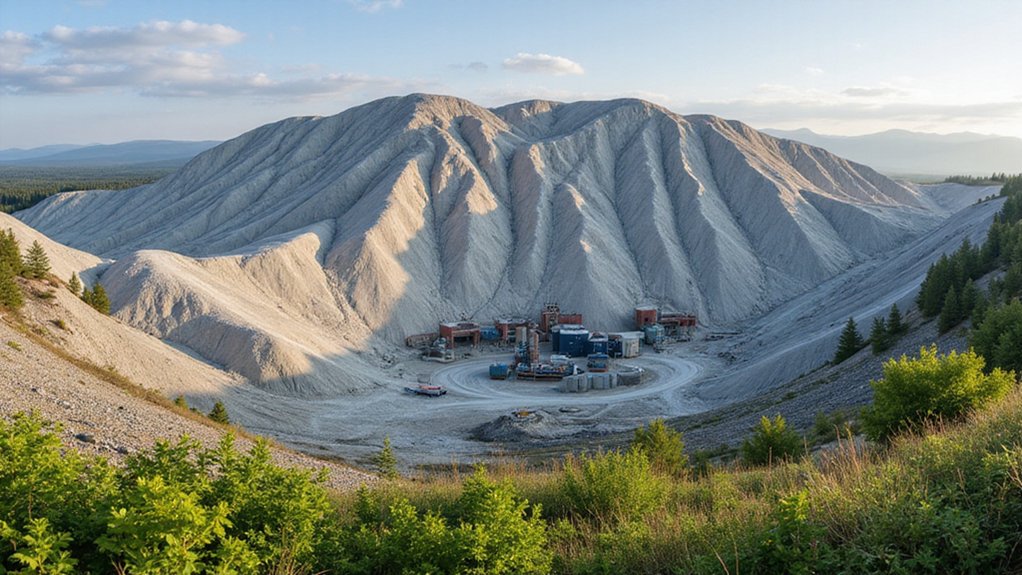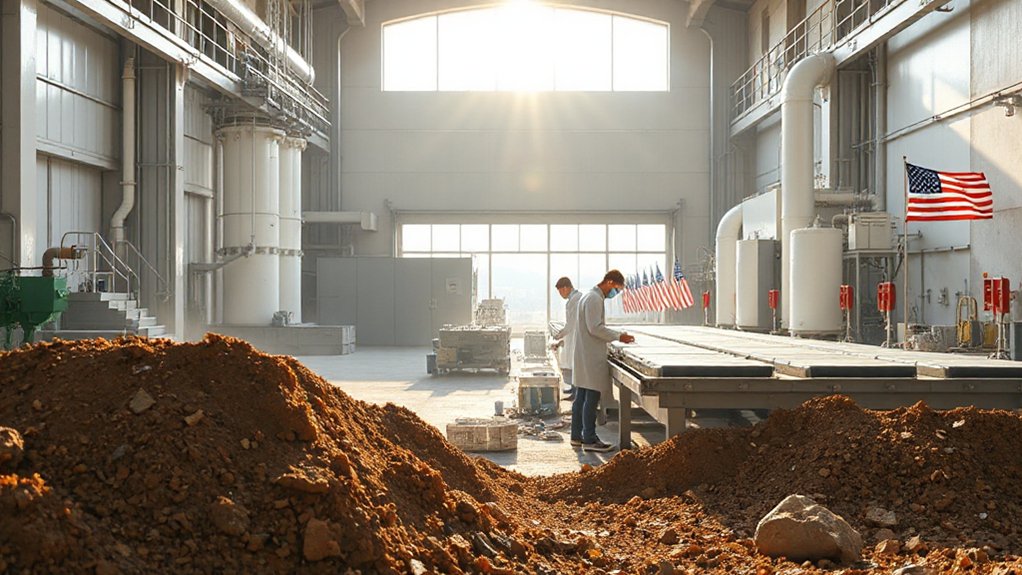Engineers in New York City have revealed a groundbreaking machine that extracts water directly from the air around us. This innovative technology, known as atmospheric water generators (AWG), pulls moisture from humidity in the air and transforms it into clean, drinkable water. As New York City seeks sustainable solutions for its water network challenges, these machines offer a promising alternative to traditional water sources.
The technology works even in areas with humidity as low as 10%, making it versatile for various climate conditions. Several companies now offer these systems in different sizes for both industrial and residential use. The larger commercial units, like SkyH2O’s AWG Maximus 4260, can produce approximately 10,500 liters (2,770 gallons) of water per day. Genesis Systems’ WC-1000 WaterCube generates up to 1,000 gallons daily, while residential models like SunToWater’s unit can deliver up to 8 gallons of drinking water each day.
These water generators can run on conventional power or renewable energy sources like solar power. The WC-1000 operates on a 3-phase 480V system for peak energy efficiency. Some models can even function off-grid when paired with alternative energy sources, making them valuable for remote locations or emergency situations. These technologies provide no pollution or by-products while delivering water efficiently.
Adaptable energy solutions drive these water systems, enabling off-grid operation in even the most remote environments.
The water quality from these machines meets World Health Organization standards. It’s free from microplastics, chemicals, and common contaminants often found in municipal water supplies. This provides users with pure drinking water without the risks associated with traditional sources that might contain pollutants.
Beyond residential use, these systems have applications in commercial settings, emergency response, military operations, and remote facilities. SkyH2O’s systems are specifically designed for disaster relief operations and can be rapidly deployed to provide essential water during emergencies. They’re particularly valuable during drought conditions, when traditional water supplies become limited or unreliable.
The environmental benefits are significant too. These machines reduce dependence on reservoirs and unpredictable rainfall patterns. They also decrease reliance on plastic bottled water, supporting a more sustainable lifestyle. As climate change continues to affect water availability, this technology offers a promising solution by transforming a natural atmospheric resource into a consistent, reliable water supply.
References
- https://www.nyc.gov/site/dep/news/24-020/new-york-city-s-water-network-seeks-next-generation-tech-catalyze-its-sustainable-future
- https://www.skyh2o.com
- https://genesissystems.com
- https://www.innovaqua.shop/blogs/aquanews/new-york-in-drought-an-innovative-solution-for-the-water-crisis
- https://suntowater.com









